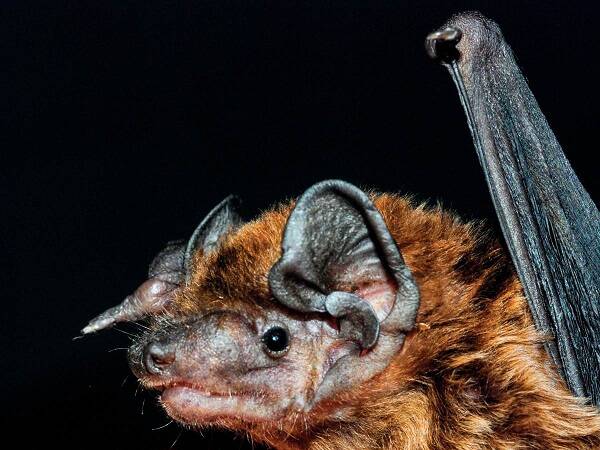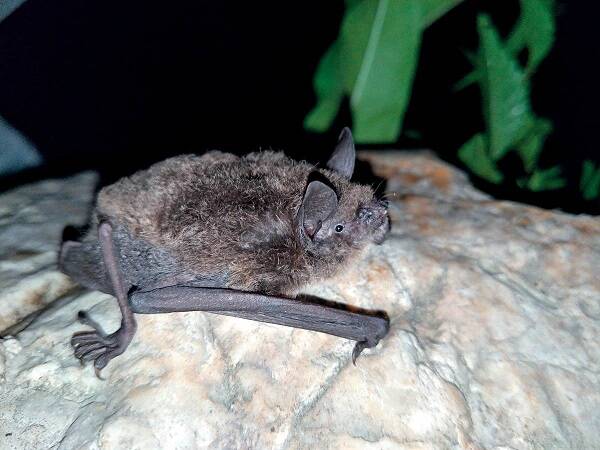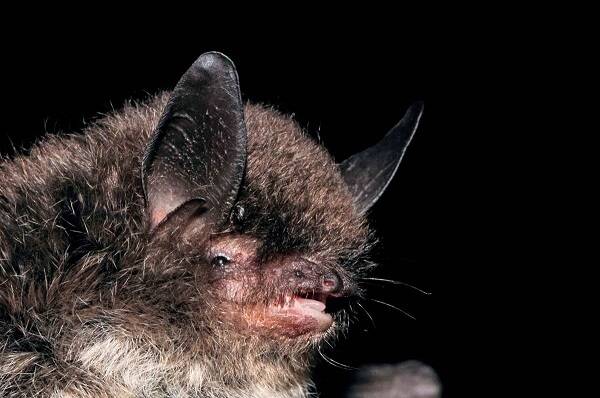
Chinese Noctule
Chinese Noctule,Nyctalus plancyi
The Chinese bat lives in old buildings, tree holes and caves. The cluster is···

Nyctalus noctula
Nyctalus noctula
Brown bats live in small groups. Generally, more than 10 clusters are active···

Serotine
Serotine,Eptesicus serotinus
Large brown bats live in a variety of habitats, including caves, rock crevic···

Vespertilio sinensis
Vespertilio sinensis
Eastern bats belong to human animals, often inhabit all kinds of artificial ···

Miniopterus fuliginosus
Big Bat, Big Night bat,Ia io
Southern bats live in tall caves, with 3-5 or more than 10 individuals lurki···

Pipistrellus pulveratus
Pipistrellus pulveratus,Hypsugo pulveratus
It is a carnivorous bat that hunts in waters or near villages, feeding on in···

Pipistrellus circumdatus
Pipistrellus circumdatus,Arielulus circumdatus
Pipistrellus has previously been classified as <Pipistrellus> by Helle···

CHIROPTERA
CHIROPTERA,Pipistrellus minus
Pipistrella is also known as the Jurassic wing. Wang Yingxiang (2003) identi···

Pipistrellus abramus
Pipistrellus abramus
The common pipistrella is a very common type of bat that lives in clusters a···

Pipistrellus coromandra
Pipistrellus coromandra
Pipistrella indiensis is a small to medium sized Pipistrella. It lives in mo···

Pipistrellus abramus
Pipistrellus abramus
The East Asian pipistrella, also known as the Japanese Pipistrella, is the m···

Myotis siligorensis
Myotis siligorensis
The size of the tall cranial Myotis bat in Vietnam varies greatly, so the su···

Myotis rufoniger
Myotis rufoniger
Myotis Watasei feeds on insects, especially mosquitoes, and is beneficial to···

Myotis ricketti
Myotis ricketti
Big-footed mouse-eared bats have attracted much attention because of their s···

Myotis petax
Myotis petax
They often live in groups in caves, fly in forest glades, and also fly above···

Myotis muricola
Myotis muricola
Mountain Myotis bats often live in damp and ventilated caves or tunnels, but···

Myotis macrodactylus
Myotis macrodactylus
The Great toed Myotis bats inhabit the damp cave walls of the northeast in s···

Myotis longipes
Myotis longipes
Myotis capaccinii was once classified as a subspecies of Myotis capaccinii. ···

Myotis petax
Myotis petax
East Asian water myoets often live in groups in caves, fly in forest glades,···

Myotis laniger
Myotis laniger
The South China Water Myotis bat is a very common bat with a wide distributi···

Myotis indochinensis
Myotis indochinensis
Myotis chinensis is a separate species from the mountain Myotis montivagus b···
